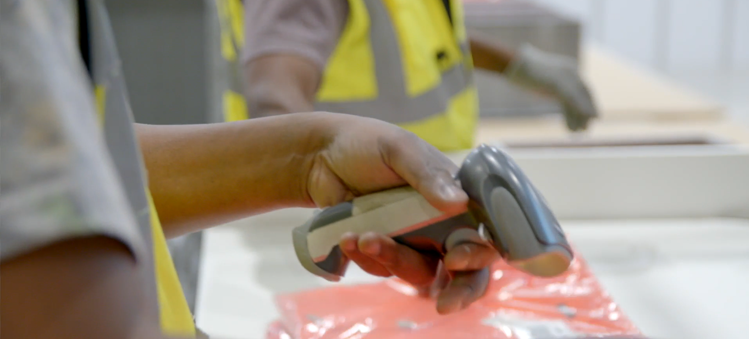
Review where your warehouse costs are highest, and the quick wins available through workforce strategies. Knowing which warehouse functions absorb the most labour or expense is a good place to find efficiency gains rapidly.
In a retail environment, typically the labour is in the picking and less so in the packing. In an eCommerce environment, sometimes you’ll find that the cost of packing labour outweighs that of the picking labour.
Improvement doesn’t always require new systems. Ask yourself how big of a change you want to make. If you want to go from a productivity of 50-60 units per hour up to a productivity of 350 to 400, then it’s likely that you’re going to require an automated solution and capital expenditure.

If you don’t want to go from where you are now to full blown automation, there’s a road map that you can go through where you can evolve your warehouse over time. Often that feels less risky as it ensures rapid ROI and a smoother eventual automation journey.
Simple steps such as re-mapping pick routes, adjusting team workflows, or refreshing operator training can make an immediate difference at no cost. These practical tweaks can mean less walking, fewer mistakes, and improved productivity without major investment.

If a warehouse’s performance needs a major lift a capital investment is usually required. Wearables like offer a low-barrier first step; they have an immediate impact and deliver fast ROI. They’re also very easy to scale and implement across different areas of your operation.
At some point, efficiency gains from process tweaks and wearables will only take you so far. That’s when it makes sense to look at larger automation projects. The right time is usually when:
– Order volumes outpace what your people can realistically achieve
– Labour costs continue to climb, eroding margins
– Service levels (speed, accuracy, delivery promise) are at risk
However, scaling can start with targeted solutions that deliver measurable ROI:
Automated packing lines – connecting your picking area via conveyor to automated packing and labelling. These systems cut manual touches, improve throughput, and create a consistent pack-out process.
Sortation – Warehouse sortation systems automate the process of identifying and organising items, routing them to specific destinations in the warehouse with high levels of accuracy. We’re very excited about Libiao’s T-Sort robotic sortation, it’s a highly flexible, modular system that can scale from small systems to high-volume operations without locking you into one footprint.
Robotics – from goods movement to automated picking, robotics are increasingly viable in UK warehouses. As integrators, we’re already working with customers to bring these solutions into real-world operations.
The important thing is to view automation as a roadmap, not a one-off project. By starting with the right-sized investment for your business, you lay the foundations for further automation and growth.
At Breathe Technologies, we combine software, robotics, and automation into solutions that fit your operation — whether that’s a focused project or a full end-to-end integration. The goal is always the same: to help you innovate, automate, and connect in ways that let your business thrive.
Read more about the different automation options